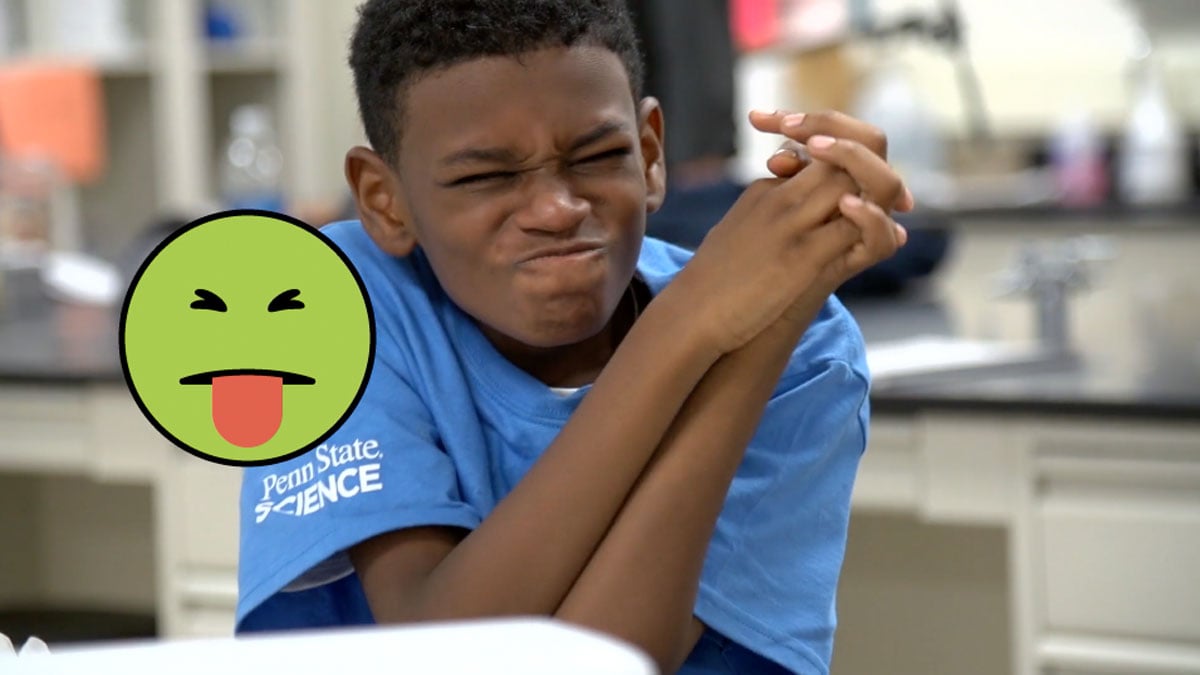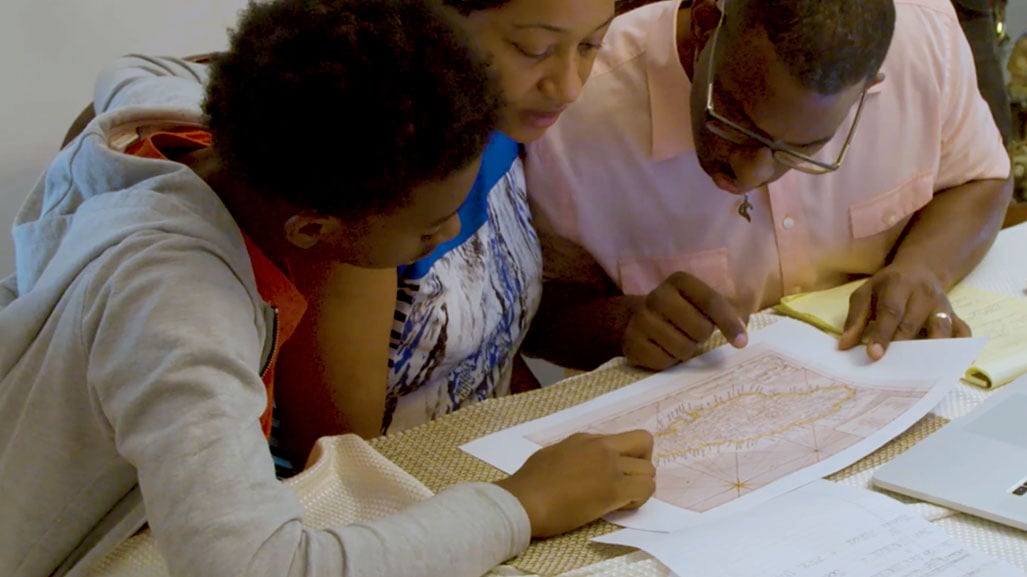Activity FiveTest Your Family for the Ability to Taste Bitterness

Activity Goal Learn About Dominant Traits and Tasting PTC
Materials Needed
- Family members to test, including yourself
- Hand wipes
- PTC Paper (available from many internet retailers and some big-box stores.)
- Kleenex
- A mint or piece of hard candy for each person being tested
- Bitterness Testing Instructions
Basic Genetics
Before we do this activity, let’s cover some basic genetics:
- Animals typically have two copies of every gene.
- Each copy is called an allele.
- You get one allele from your biological mother, and one from your biological father.
- Your genotype is the specific gene that you have (made up of alleles).
- Your phenotype is what we see – the physical presentation and appearance (even if we have to look really, really closely to see it).
- Sometimes an allele is dominant. Sometimes an allele is recessive.
- There are three ways alleles can pair: two dominant alleles, two recessive alleles, or one of each.
- If two dominant alleles pair up, the dominant trait will be expressed in the person.
- If two recessive alleles pair up, the recessive trait will be expressed in the person.
- If a dominant allele is paired with a recessive allele, generally the dominant gene will be expressed.
Now let’s talk about PTC tasting
PTC is a chemical called phenylthiocarbamide. What makes this chemical interesting to us is that some people can taste it as a very bitter substance while others barely taste it at all. Whether someone can taste PTC or not is based on their genes.
The ability to taste PTC is a dominant trait. Remember, this means that if a person has just one of the dominant tasting genes, that person will be able to taste PTC as bitter. If they have two dominant alleles, they will taste PTC as bitter. Only someone with two recessive alleles will not taste PTC.
In a large population, dominant traits are more likely to be observed, but that may not be what you see in your family. There’s one way to find out!
Instructions:
- Clean your hands with the hand wipe.
- Place the entire strip of PTC-saturated paper in your mouth. Wait 5-10 seconds... then carefully spit the paper into the tissue provided for you.
- Use the mint/hard candy if the PTC taste is really horrible.
- Make a note on your trait survey whether or not you tasted the PTC (you’ll know!)
- Find out who else in your family can taste PTC. Note on each person’s trait survey whether they can taste PTC or not.
- If anyone tastes the PTC paper as bitter, make sure to give them a piece of candy so they can get rid of the taste.
After you have tested as many family members as you can, see if it is clear or not whether people have dominant or recessive genes for this characteristic, and from which parents the genes came based on which people can taste PTC and which can’t. Sometimes it is easy to tell and sometimes it isn’t. The complexity is what makes genetics so fascinating!
Downloads

